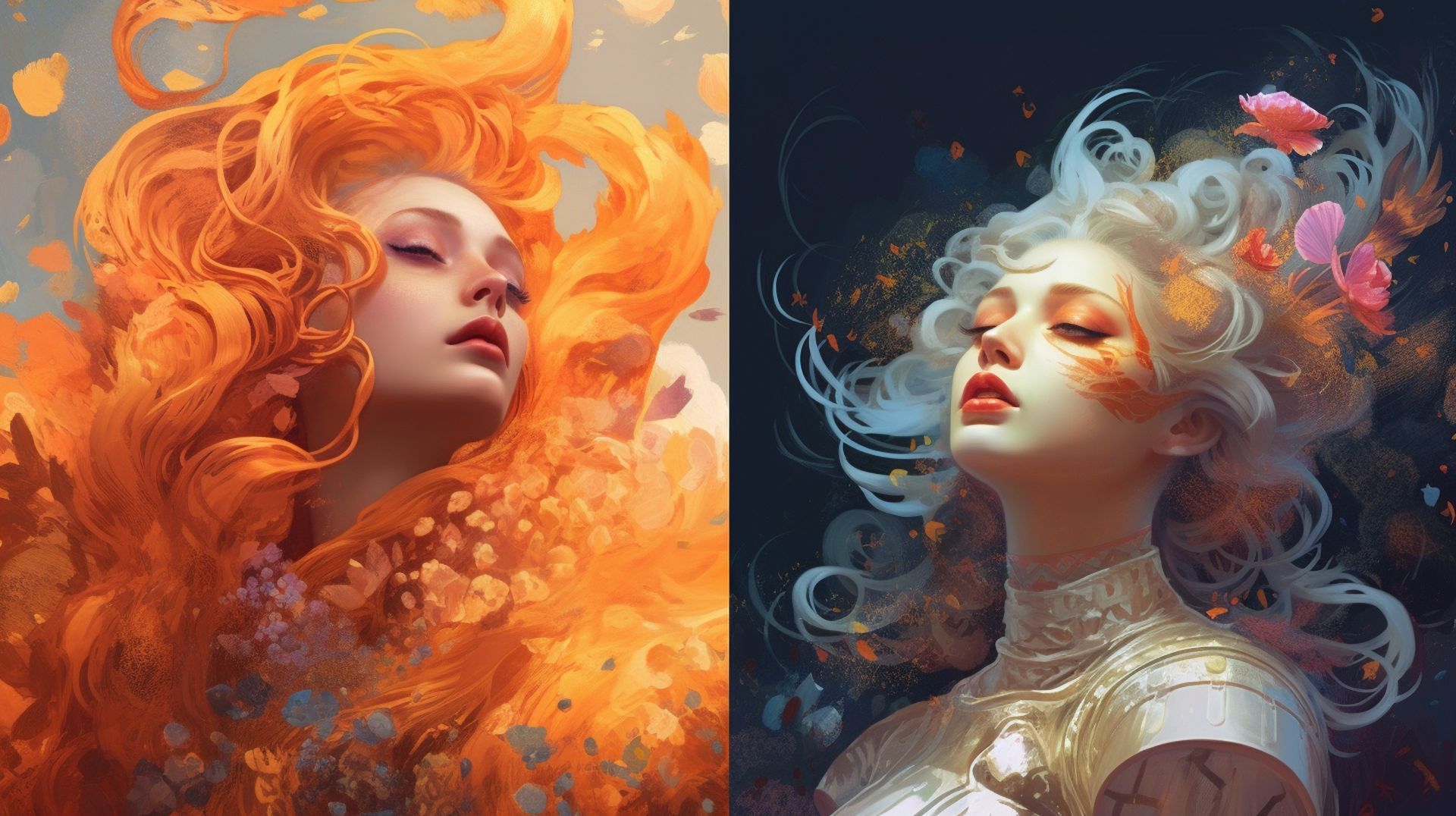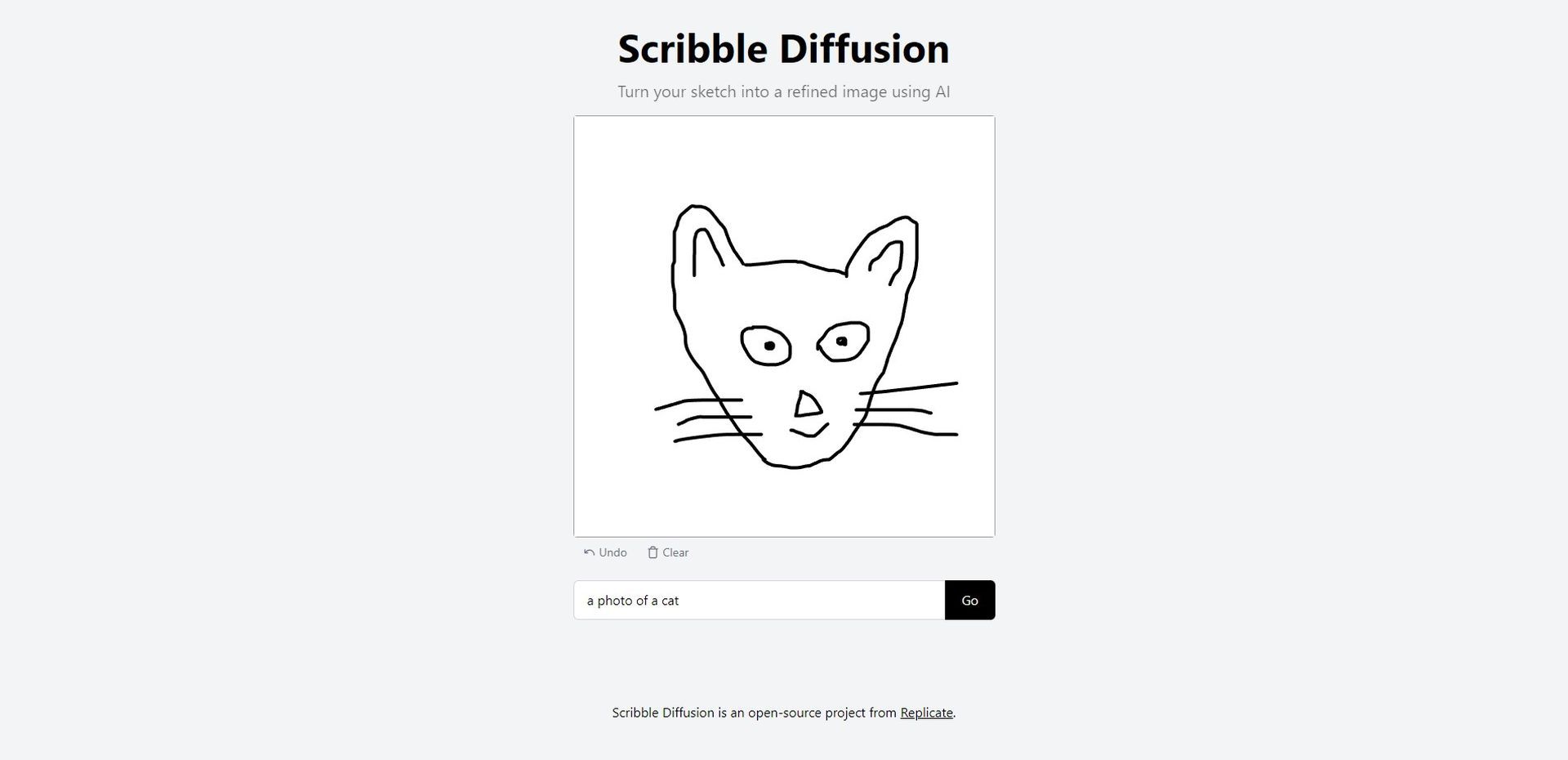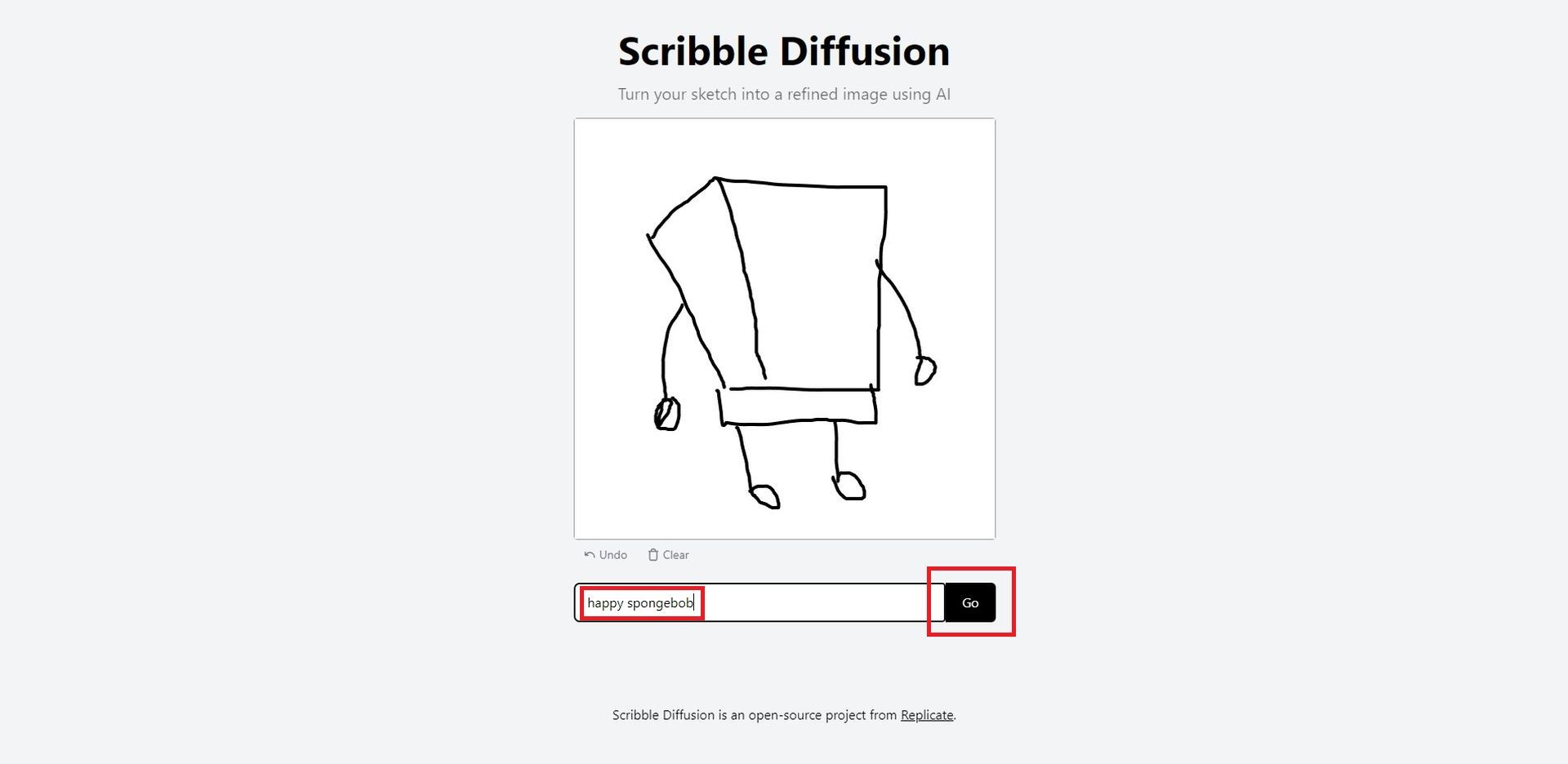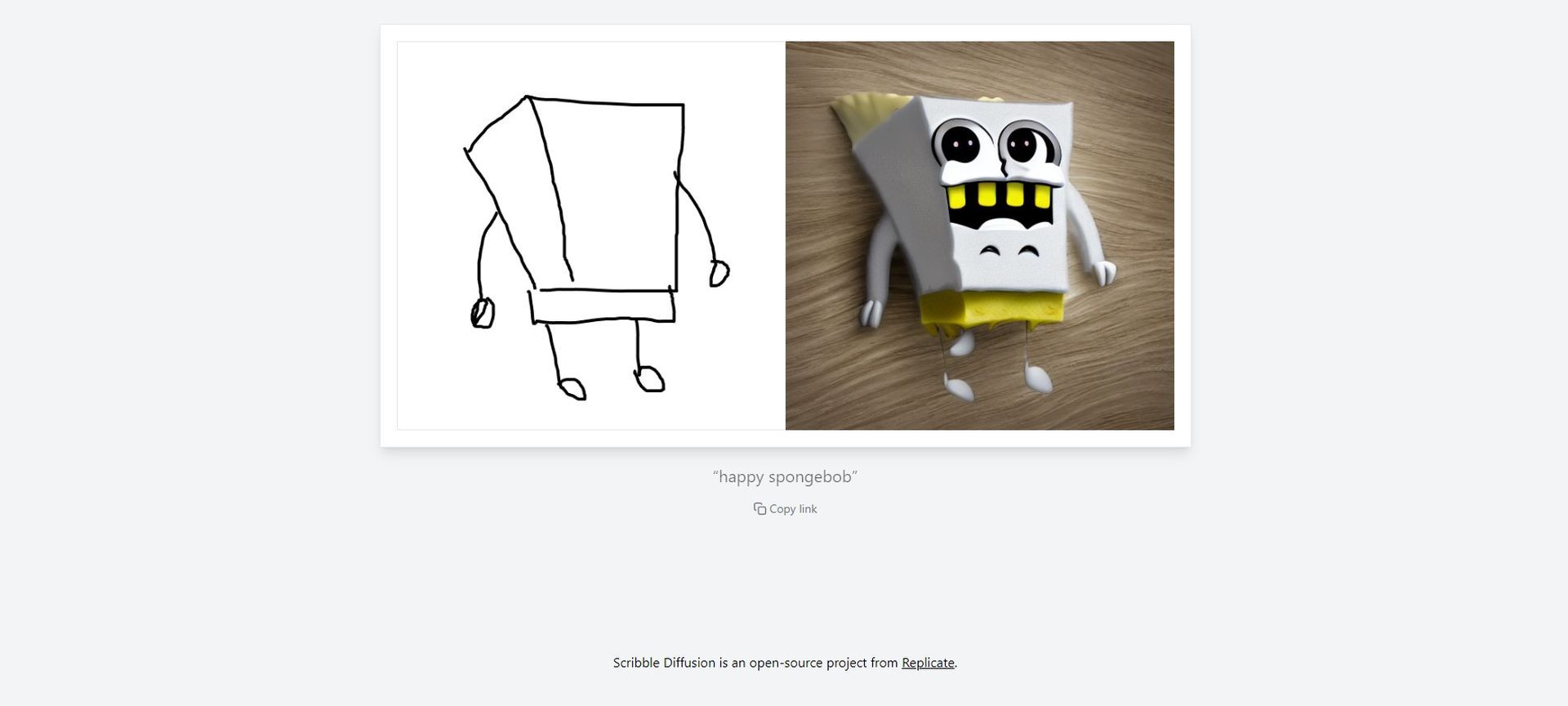Meet Scribble Diffusion, a new art generator. The advancements in artificial intelligence have made it easier than ever to transform doodles into captivating works of art. This is made possible by Scribble Diffusion, an open-source web application powered by AI. By leveraging sophisticated neural network structures, users can convert their hand-drawn sketches into stunning paintings. In this article, we will delve into the underlying technology of this AI-driven app and explore its functioning that breathes life into your doodles.
What is Scribble Diffusion?
Scribble Diffusion, developed by Zeke, a replicate engineer, is a web app that utilizes AI to convert hand-drawn art, accompanied by a text prompt, into visually appealing paintings. This innovative application is built upon ControlNet, a neural network structure created by Lvmin Zhang and Maneesh Agrawala. ControlNet serves as the foundation for Scribble Diffusion and allows the integration of various input conditions, such as human scribbling, into large diffusion models.
Released in February, ControlNet is a groundbreaking neural network structure that facilitates the conditioning of Stable Diffusion with different inputs like edge detection, depth maps, and pose estimation. Developers have already started harnessing the capabilities of ControlNet to build a diverse range of applications, providing AI enthusiasts with tools to experiment with various model types.
One notable application developed using ControlNet is DreamBooth, which generates images by matching the pose of an input stick figure. Another application, known as Riffusion, converts audio frames into AI-generated real-time music. By refining Stable Diffusion, Riffusion creates spectrograms, which are visual representations of audio. Additionally, Amazing AI, based on Stable Diffusion 1.5, is a macOS-native application that operates locally without the need for an internet connection, as all computations are performed on the user’s device.
How does Scribble Diffusion work?
Scribble Diffusion leverages a combination of advanced tools and techniques to turn your sketches into captivating artwork. Here’s how it works:
Detecting outlines
The first crucial step in the Scribble Diffusion workflow is the detection of outlines. The AI algorithms analyze the rough sketch input provided by the user, identifying the primary lines and contours that define the artwork’s structure.
Detecting keypoints
After outlining, Scribble Diffusion proceeds to perform keypoint detection. This process involves identifying specific points of interest within the sketch, such as corners, edges, or significant features. By recognizing these keypoints, the system gains a deeper understanding of the composition and elements present in the artwork.

Stable Diffusion’s magic
Once the outlines and keypoints have been extracted, Scribble Diffusion employs the Stable Diffusion technique. This advanced method utilizes ControlNet, the neural network structure at the core of the application, to condition the diffusion process with additional input conditions. These conditions can include edge detection, depth maps, pose estimation, or any other relevant information to enhance the final output.
Final result
With the initial steps completed, Scribble Diffusion now generates the final output, transforming the sketch into a visually stunning painting. The AI algorithms leverage the outlined structure, identified keypoints, and the integration of various input conditions to create an artwork that truly captivates the viewer.
How to use Scribble Diffusion?
To create an AI-powered masterpiece using Scribble Diffusion, follow these simple steps:
Go to the Scribble Diffusion web app: Access the dedicated web application designed specifically for Scribble Diffusion. This online platform provides a user-friendly interface where you can unleash your creativity. A cat welcomes you!

Draw a sketch: Utilize the app’s drawing tools to create a rough sketch that serves as the foundation for your artwork. Express your ideas and concepts through strokes and lines, allowing your imagination to take shape.

Enter a text prompt: Enhance your artwork by providing a text prompt that further conveys your artistic vision. This text prompt acts as an additional input condition, influencing the AI algorithms during the transformation process.

Wait for the process to finish: Once you’ve finalized your sketch and text prompt, initiate the AI-powered transformation process. Sit back and allow the Scribble Diffusion algorithms to analyze and interpret your inputs, generating a captivating rendition of your initial sketch.

Ready to go: Once the transformation is complete, you can download the final artwork in a high-quality format. Share your masterpiece with friends, showcase it on social media, or even print it for display.
The possibilities are limitless. However, this time, SpongeBob kinda looks, unhappy…
Below you can see some examples we generated with Scribble Diffusion:


Thanks AI for tools like Scribble Diffusion
The emergence of applications like Scribble Diffusion is causing a paradigm shift in the realm of art creation and appreciation. These innovative tools serve as a bridge between hand-drawn sketches and professional-level artwork, revolutionizing the way artists of all skill levels can engage with their creativity.
Do you like AI art? Check out the best free art generators
These AI-powered applications not only empower individuals to unleash their artistic potential but also provide a means to refine their skills and experiment with various artistic styles. With these tools at their disposal, artists no longer require extensive training or expensive equipment to create remarkable and distinctive masterpieces.
As artificial intelligence technology continues to progress, we can anticipate the emergence of even more groundbreaking applications that blend the ingenuity of human creators with the computational power of AI. This exciting synergy promises to push the boundaries of traditional art forms, resulting in captivating and thought-provoking artwork that captivates and challenges our perception of artistic expression.
Featured image credit: Kerem Gülen/Midjourney





